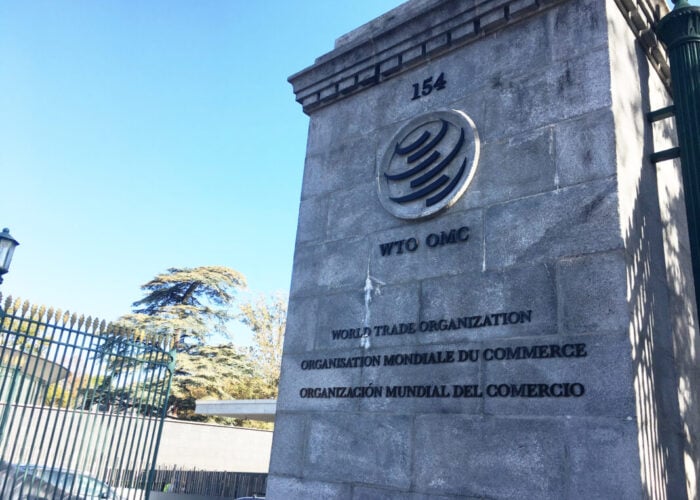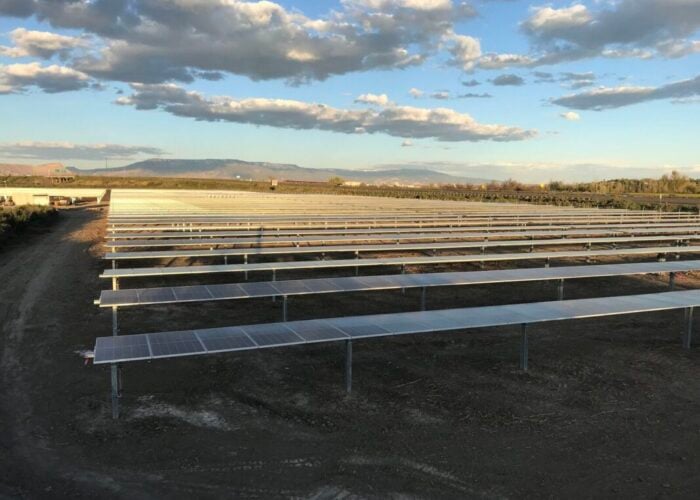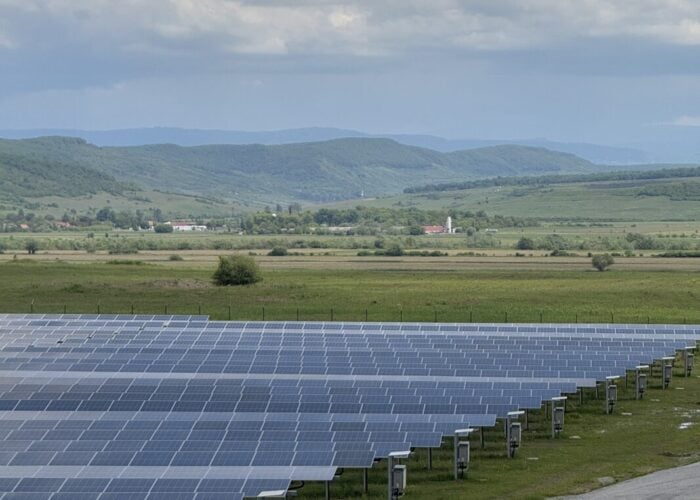
Chinese module manufacturer LONGi has launched the Hi-MO X10 module, designed for use in the distributed solar sector.
Unveiled during the Rolex Shanghai Masters tennis tournament, the module uses the second generation of LONGi’s hybrid passivated back contact (HBPC) cells. The module has a maximum power conversion efficiency of 24.8%, a maximum output of 670W, and uses LONGi’s TaiRay silicon wafers.
Try Premium for just $1
- Full premium access for the first month at only $1
- Converts to an annual rate after 30 days unless cancelled
- Cancel anytime during the trial period
Premium Benefits
- Expert industry analysis and interviews
- Digital access to PV Tech Power journal
- Exclusive event discounts
Or get the full Premium subscription right away
Or continue reading this article for free
“We firmly believe that BC technology will become the dominant force in crystalline silicon cells, including both bifacial and monofacial designs,” said LONGi chairman Zhong Baoshen. “In the future, a significant portion of LONGi’s product lineup will embrace the BC technology pathway.
“Our mission is to promote this widely recognised technology platform, which offers high compatibility and excellent weatherability, across a wider range of applications and markets.”
The Hi-MO X10 modules use LONGi’s HPBC 2.0 cells, which LONGi claims have a maximum conversion efficiency of 26.6% and build on the first generation of the company’s back contact cells, launched in 2022. The module also uses a 0BB structure, with no busbars on the back or grid lines on the front, which the company claims increases the module’s total power by 5W.
The modules incorporate what LONGi calls “soft breakdown design”, which the company says makes the product particularly well-suited for the distributed solar sector. This design means that, should a part of a panel be affected by shading or a temperature spike—as can happen in distributed deployments where trees or buildings can obscure panels—the current is redirected through alternative internal pathways within the cell.
The design reduces power loss by over 70% compared with tunnel oxide passivated contact (TOPCon) products, LONGi claimed, adding that rerouting power can help cool a module in times of excess heat and can lower hotspot temperatures by as much as 28%.
The news follows LONGi’s launch of a back contact module with a power conversion efficiency of 22.3% at this year’s Intersolar 2024 event in Munich, Germany. In September, the company noted that it had shipped close to 80GW of cells, wafers and modules in the first half of the year, but that its total revenue for the half was lower than in the same period in 2023.






